-
 15 min. read
15 min. read
-
 Sina Mchunu
Sina Mchunu Research & Tech Content Writer
Research & Tech Content Writer
- Sina is a marketing expert who specializes in SEO, AI, and digital marketing content. With over five years of experience, she’s written hundreds of pieces, spanning a variety of topics and industry niches. She loves combining her strong eye for detail and passion for storytelling in her work. You’ll find her fruit picking or horse riding at the local farm when she’s not writing.
Standing out in a daily barrage of paid online ads in today’s crowded digital space might feel like an uphill battle. However, PPC ads that bring the best results are not created once and tossed aside.
Instead, they’re cultivated by continuous monitoring, PPC testing, and tweaking.
Building a foundation of constant ad testing is the key to running a profitable PPC ad campaign. This way, you ensure that you seal any cracks in your campaign to prevent conversion leakage.
Here’s a quick overview of the topics we’ll be discussing:
- What is PPC testing?
- Why is A/B testing for PPC important?
- 3 PPC testing methods
- 3 PPC ad tests to get you started
- PPC testing best practices
- 5 best testing tools to track your results
- Earn more leads with PPC testing
Want to boost your PPC campaigns and get your money’s worth? Our team of PPC experts can help you get the most out of your advertising dollars and reduce budget wastage in all your PPC campaigns using our in-depth market analysis, expertise, and cutting-edge technology.
Contact us online to talk with an experienced strategist to find the most suitable options for your business.
What is PPC testing?
PPC testing, commonly known as “A/B testing for PPC,” involves taking one aspect of your advertising campaign and running different trials to see which one yields the best results. You can experiment with various ad versions, features, and configurations to determine what best resonates with your target audience.
Why is A/B testing for PPC important?
PPC ads testing can give you insights into whether your ads are performing as intended and if they are worth the money you spend on them. It allows you to see trends among your most successful ads and use those as templates for future campaigns. At the same time, it may help you determine your unsuccessful ads’ attributes.
3 PPC testing methods
The essential step in obtaining actionable results is designing a decent experiment. You’ll have to choose a testing method based on the data you have at hand and the variables you want to test.
In general, there are three primary types of PPC ad testing methods:
There are benefits and drawbacks to using each of these approaches.
1. Before/after tests
Before/after testing is the best practice for feed components and elements that are time-consuming or difficult to alter. Such as product names and descriptions, photos, and pricing.
In these tests, you compare the dynamics of your experimental and control groups and analyze their connections’ differences. In many cases, this is the only method to test and try out new variables in Google Shopping.
Set up: Select a product, then gradually raise its price until it is significantly more than the competition. Then, assess the difference in volume between your control group’s traffic before and after implementing this change.
2. Drafts and experiments
The drafts and experiments testing methods offer the most variation. You can use the drafts and experiments method to test landing pages, advertisements, and match kinds. This method allows you to assess how tweaks to your ads’ features, like the ad extensions or audience lists, affect the overall performance of your campaign.
Drafts allow you to create a duplicate of your ad campaign and make adjustments to the elements you want to test. This way, you can experiment with different configurations and variables without worrying about disrupting active campaigns.
After you complete your initial draft, you can go on to the next stage and start experimenting.
Experiments assist you in evaluating your ad performance and understanding the effects of your adjustments and changes in the elements before implementing them in an actual campaign.
Once you’ve converted your draft configuration into an experiment, you can select a portion of your traffic to test, along with a time duration.
Set up: Create a test version of your campaign, modify the landing page’s URL, and activate the experiment. Use the experiment campaign’s built-in scoreboard to maintain tabs on overall performance indicators throughout the analysis.
3. Scheduled A/B tests
Scheduled A/B testing performs best for target keywords when query formulation, such as match type modifications and negative alterations, is crucial. You may also play around with the framework, pricing, and elements of your Google Shopping campaigns.
You can use manually-scheduled A/B tests to perform your tests sequentially rather than simultaneously. These tests prevent your campaigns from potentially overlapping, which is especially helpful when the drafts and experiments method fail.
Set up: Create a replica of your campaign, modify one element, and use the campaign settings to allocate equal hours to both campaigns.
Questioning the quality of your SMB’s PPC performance?
Get your FREE PPC audit from WebFX today!

3 PPC ad tests to get you started on optimizing your ads for greater conversions
Now that you understand the basics of A/B testing, you can decide on which aspects of your PPC ads you will be putting to the test.
Though the options are essentially limitless, here are the three PPC ad tests to get you started:
Remember that testing out new ad versions and features is the best way to guarantee that the most effective ads are always displayed. But, you should only put one variable through its paces.
1. Testing ad copy
The click-through rate (CTR) is the sole metric that matters when testing ad copy since the point of the test is to determine which version of the ad encourages readers to click through to the website.
You have to run several tests on different features or elements of your ad copy to obtain the most precise picture of what’s working and isn’t. That way, you learn how to optimize and improve your ad’s performance.
Here are some of the things you should test within your ad copy for better results.
The delivery of the offer
How you deliver your promotions or deals in the ad’s headline is key to attracting potential customers. Therefore, you must evaluate several delivery methods to determine what works best to grab your target audience’s attention.
For example, you can test whether the version of the ad copy, “10% Off” or “$15 Off,” results in more clicks.
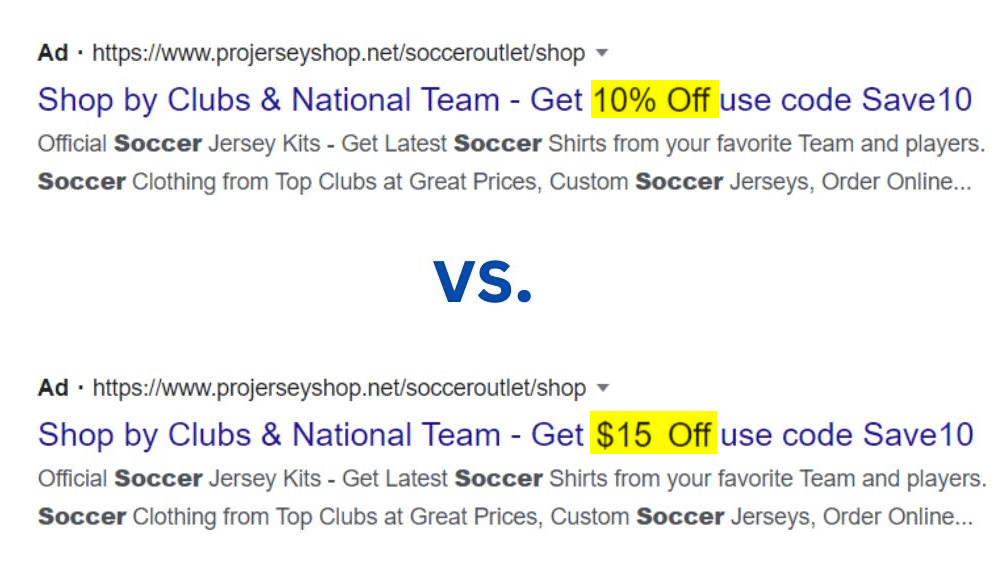
Sense of urgency
One of the most effective ways to persuade clients that products are limited and drive them to make a purchase is to evoke a sense of urgency. So when running an ad campaign, you’ll want to test different sense of urgency lines in your headline to find the one that works.
For example, you can try “Limited Time Offer” against “Limited Supply.”
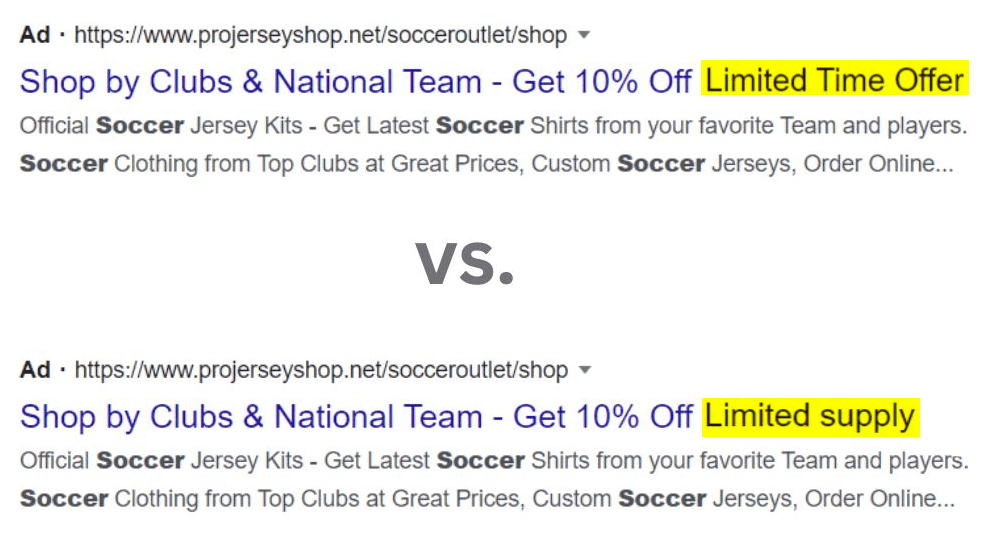
Call-to-action (CTA)
Simply slapping any old CTA onto your ad without giving it any thought is the worst thing you can do if you’re trying to maximize CTR. It’s crucial to test out many CTAs to identify the one that results in the most significant number of qualified leads.
For instance, you can experiment with “Buy Now” and “Place Your Order.”
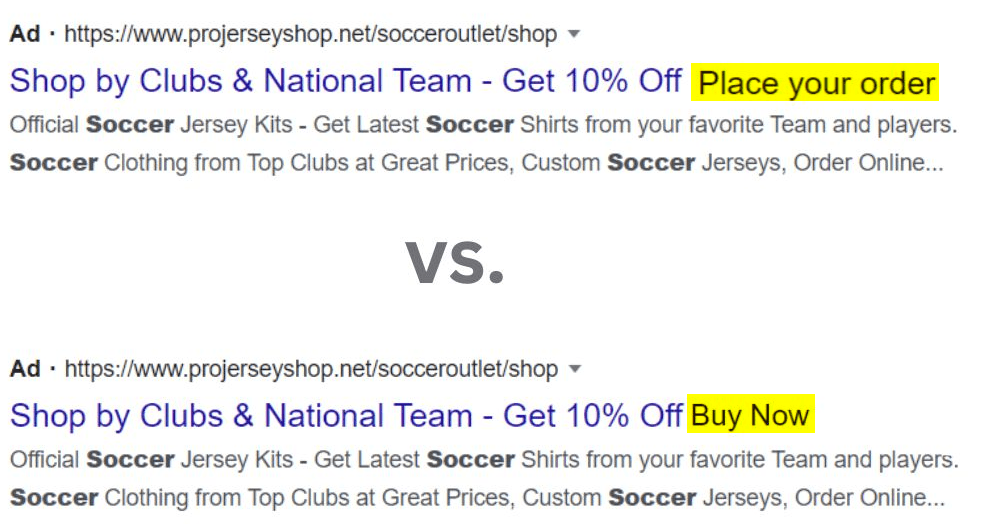
Ideally, you’d want an increase in your conversion rate or return on ad spend (ROAS), but you can’t pin it on the altered variable. However, if you already know your total ad revenue and total ad spend, you can use the WebFX ROAS Calculator to get your exact returns from your ads.
We foster and form long-term partnerships so that your business has long-term results.
Over 90%
2. Testing landing pages
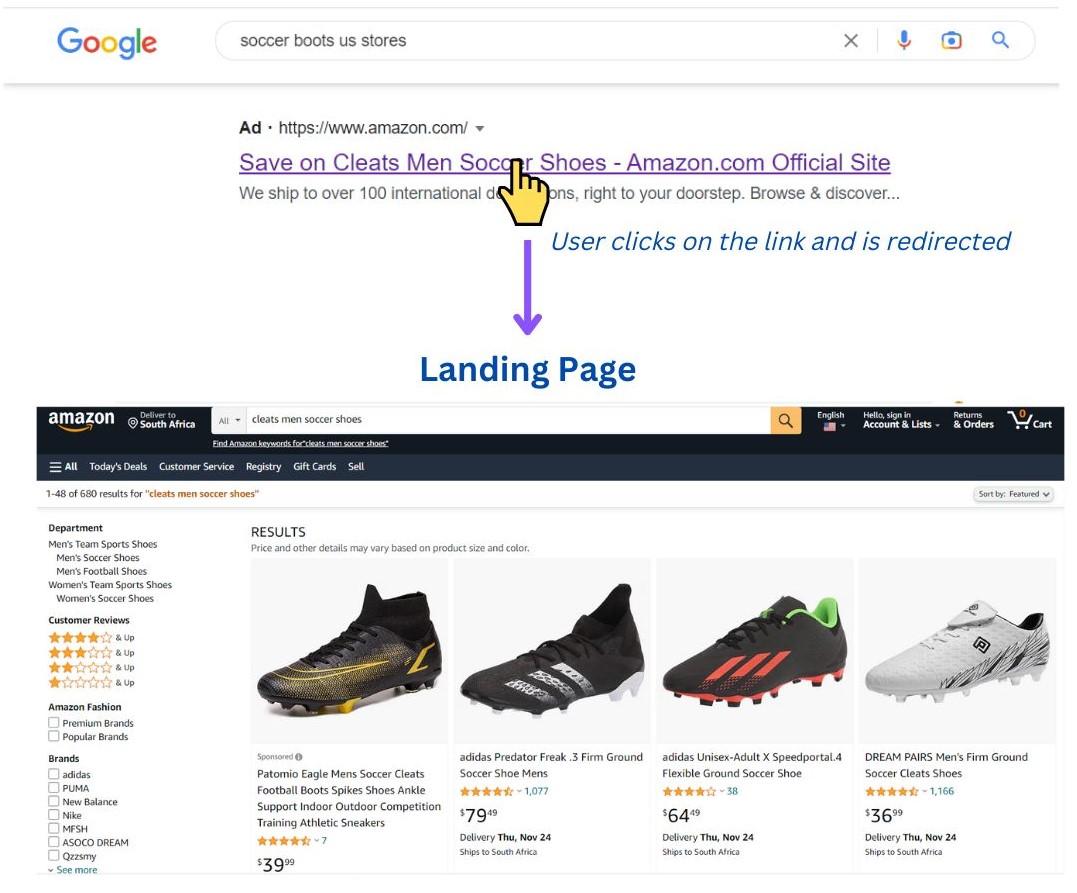
Once you have the user’s attention and they click on your ad, you can do landing page testing to see which page results in a higher conversion rate. You may split landing page testing into two distinct categories.
A single option is to make changes to your current landing page. The alternative is to redirect visitors to a different page inside your website.
Making changes to your current landing page
With this PPC ad test, you want to find the one tweak to the page design that will increase conversion rates.
You can use tools like Microsoft Clarity and user testing to find the following:
- Components of the page that should be actively clicked by site visitors but aren’t
- Items that users attempt to click on but are unable to
- Intense page-flipping or scrolling
Here are some of the changes you can make to the landing page you’re currently using:
- Suppose your website requires users to click on a price before entering the cart page. In that case, you should consider replacing it with a prominent “Buy Now” button.
- Add a “add to cart” button or a sticky appointment booking widget if visitors are surfing around seeking the next step.
- You may also add clickable links to previously unclickable images.
You might occasionally need to design a landing page for users who click on your PPC ad. This page may serve as a mini-site by including details such as pricing, frequently asked questions, detailed product descriptions, and a clear CTA.
Redirect users to a different page inside your website.
Suppose you are directing your paid traffic to your homepage. In that case, you need to split test that against redirecting users to products or services pages, special offers pages, the shopping cart/booking form, or any other pages.
3. Testing extensions
Ad extensions can potentially increase CTR and pageviews, but only if you use the proper attachments and evaluate the material of each extension. Moreover, if your company has an app, you can try adding an app extension to it to see if it boosts downloads.
Here are some of the specific extensions you can use for your business:
- Sitelink extensions: They display beneath the ad and contain clickable links that send viewers to a specific site component. You can assess the effectiveness of your sitelink extensions by using the same approaches we just discussed for testing ad copy and landing pages in your campaigns. You can experiment with alternative site URLs and copy variations.
- Structured snippets: These extensions display beneath ad copy but are inactive links. You can use these extensions to detail your product’s features and benefits. After that, you’ll try out several iterations of your list, both in terms of the features and benefits you include and the order in which they appear.
- Price extensions: These extensions add a set of clickable “Rates From” components at the bottom of your ad. You’ll want to try various price points and listing formats for multiple products and services here. For example, “no-name golf t-shirts” vs. “no-name round necks.”
When working with data and PPC ad testing, paying attention to what you’re looking at is essential. When viewing extension data, by default, you will see all data when that extension is installed.
Use our proprietary keyword research tool, KeywordsFX, to help you find high-quality keywords for content and PPC campaigns.
Identify Top Keywords for Free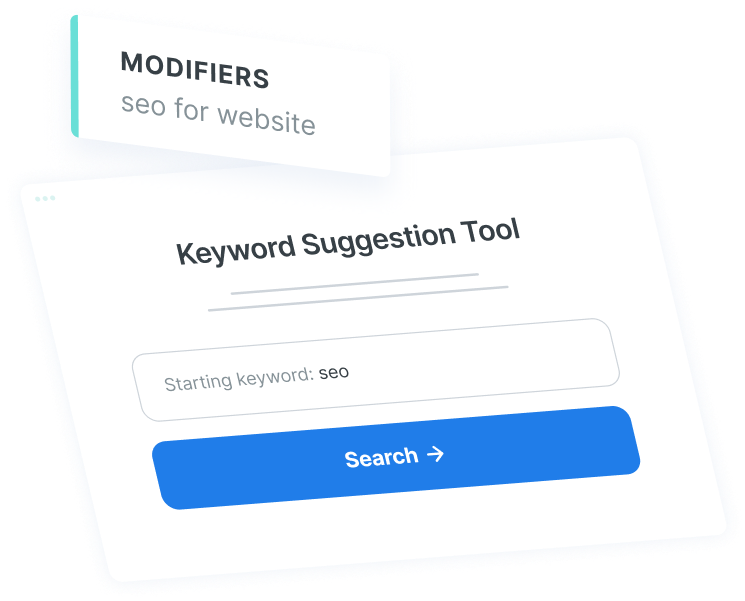

PPC testing best practices
It’s becoming increasingly apparent that, regardless of what you’re selling, you will need reasonably compelling content to make your offering stand out in an increasingly crowded marketplace. Look at some of the best practices for running successful PPC ad campaigns.
Emotional appeal
Ads that speak to consumers’ emotions can significantly increase CTR. Consequently, one of the finest techniques for developing and testing your advertisements is to identify the feelings of your target audience. Find out what they value or dislike, their most significant issue, and how you may help them address it.
If all else fails, consider the headlines that garner the most interest on social media platforms like Twitter and Facebook. While headline generators are most commonly used for generating ideas for blog posts, you can also use them to incorporate emotive headlines into ad copy.
Prices
Prices may both help and hinder your PPC marketing campaigns. On one side, being transparent about your price structure equips users with crucial knowledge. It speeds up the buying process for everyone. On the other side, the price may discourage customers since it indicates that they must part with their cash.
This is particularly the case if your offering is more expensive than others shown in the search results. As a result, testing is the first step in determining the best strategy.
Promotions
Quantitative promotions are frequent in PPC advertising and might take the form of discounts, tiered pricing, or other limited-time deals.
A more enticing headline, for instance, may read, “75% discount on home décor accessories,” rather than the generic “home décor accessories on sale.” However, by experimenting with different ad copy that includes percentages, accurate prices, and correctly stated offers, you may further increase your CTRs.
Alternatively, you may try your “discount” on the most significant numbers to see how they perform.
We foster and form long-term partnerships so that your business has long-term results.
Over 90%
Abbreviated and actual numerical values
Ads that include statistics, such as stock levels, percentages, or prices, are more likely to attract attention since they provide factual information. The numbers in your ads make them more compelling and help them stand out from the crowd of PPC advertisements.
Numbers also show that you’re a brand worth considering — after all, you have data to back up your claims. So basically, the numbers are good. So then, one of the best practices may be to test how your target audience reacts to abbreviated vs. actual numerical values. For example, is there any difference in user engagement between ads with 1M and 1,000,000?
Playing with numbers is an effective way to make ads stand out and attract readers’ attention.
CTAs
As obvious as it may be, people have varying responses to ads. Your presentation or how you encourage your audience to engage with your brand or try your product can influence their reaction to your ads.
For this reason, the initial word of your CTA has the power to set the tone for the whole ad, no matter how small it may seem. Therefore, you should A/B test various initial words in your CTA and then choose the most successful variant.
Changing the first line of your CTA from “Contact us today” to “Call us now” may increase CTR significantly. Similarly, the audience’s reaction to the phrase “Shop now,” as opposed to “Order now,” may vary.
WebFX is a Partner in Driving Results
Hear from HydroWorx, who saw a 131% increase in organic forms by partnering with WebFX
5 best PPC testing tools to track your progress
Using PPC tools can help you improve the efficiency of your campaigns and, in some instances, reduce their overall cost.
Depending on their purpose, PPC tools can aid you in the following:
- Analyzing the market and keeping tabs on the competition
- The automation of repetitive but necessary tasks
- Monitoring and locating useful keywords
- Improving the effectiveness of a campaign
- Creating reports that are informative, interesting, and visually appealing
Take a look at the following top five beginner-friendly tools with advanced features.
1. SEMrush
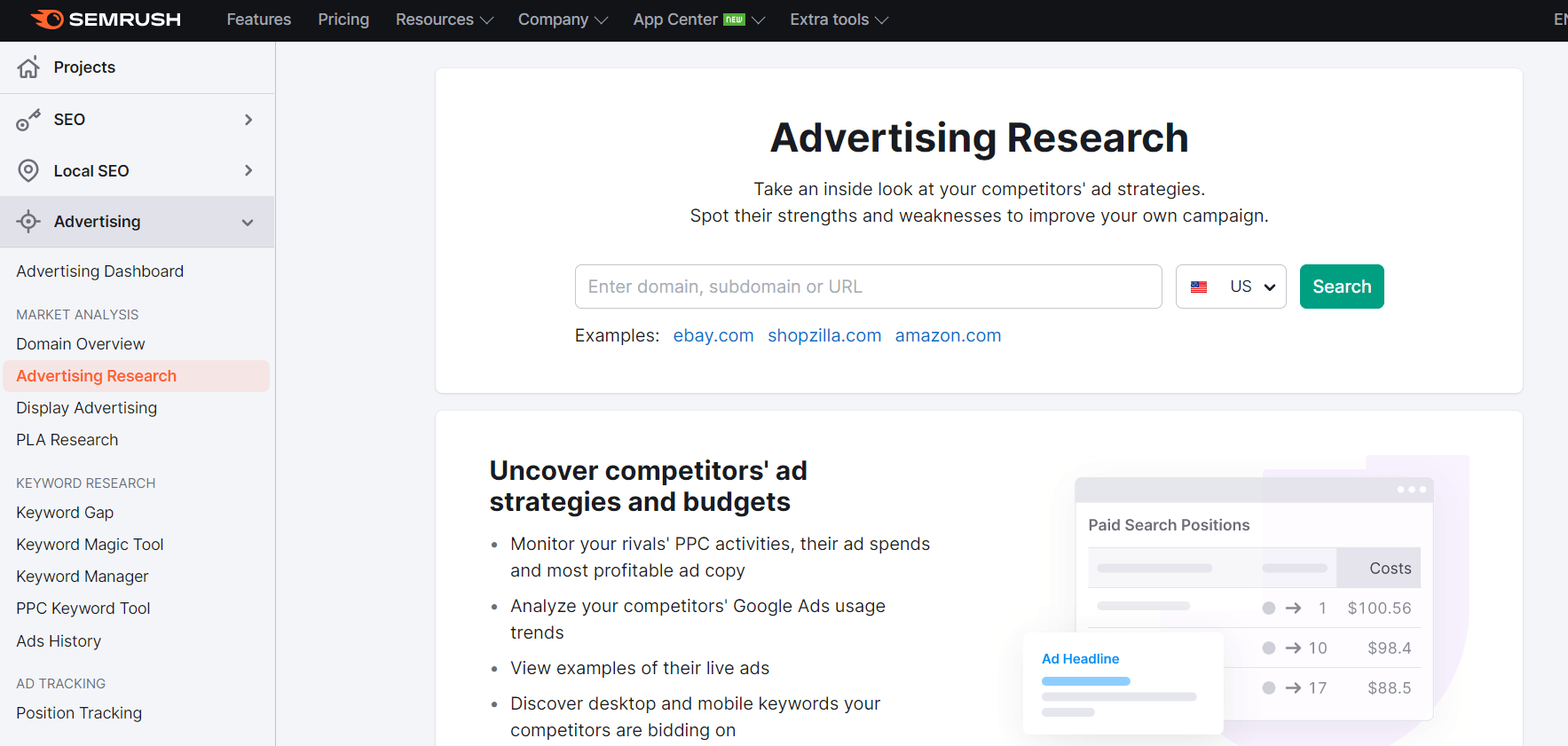
In addition to helping with search engine optimization and online exposure, you can also use SEMrush to learn more about the competition. The platform is one of the best PPC management tools. It allows users to manage their PPC budgets and campaigns and keep tabs on their social media activity and keywords.
2. Google Ads
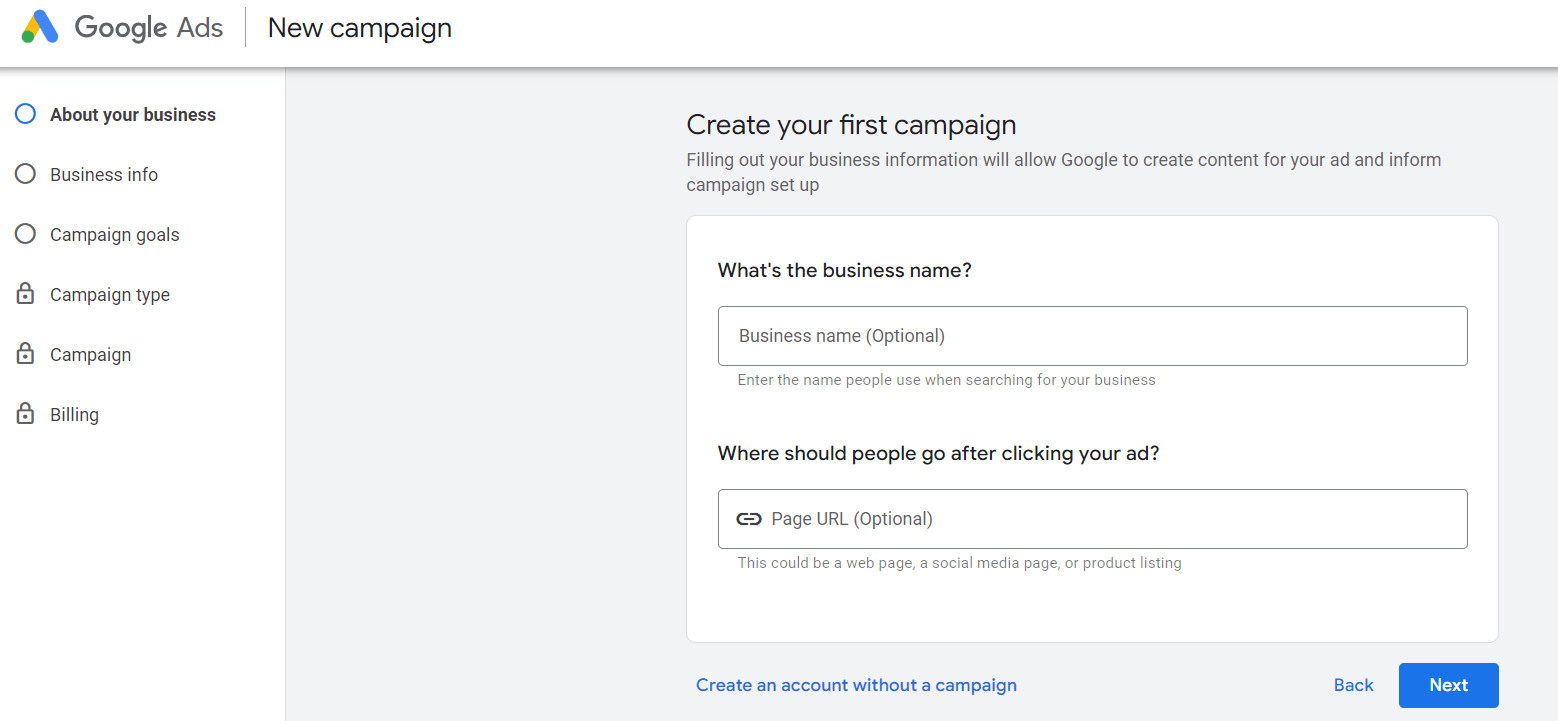
Google Ads and its free cousin, Google Ads Editor, are two of the most popular PPC advertising tools. Both are necessary for effective advertising — you need Google Ads to launch search and display advertisements of various types. You also need the editor to manage campaigns across several accounts simultaneously and make many adjustments and modifications.
3. Optimizely
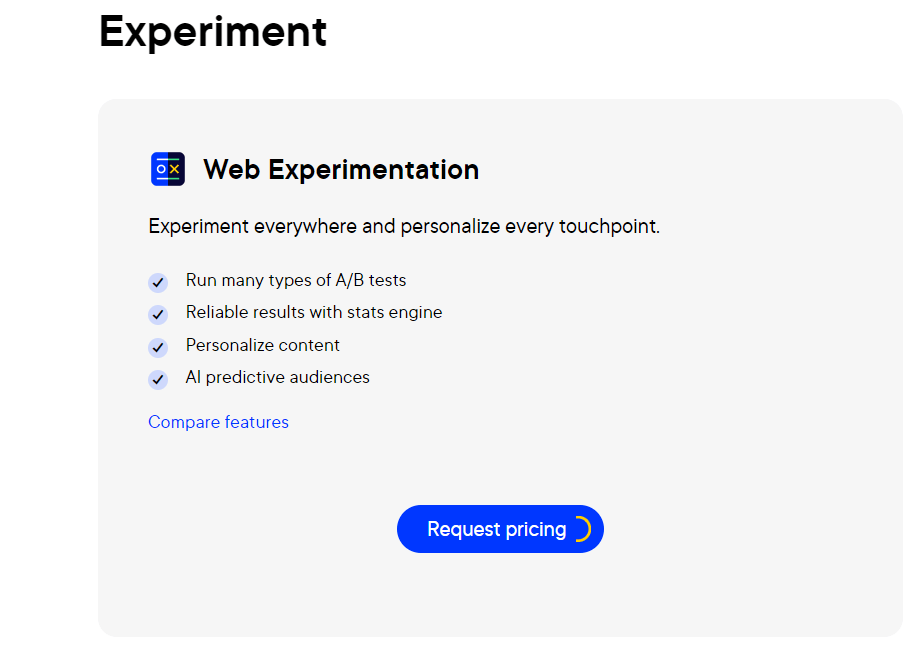
If you’re in the marketing or product development areas, you can use Optimizely, one of the top PPC optimization tools. It’s best to try out new digital methods and improve the effectiveness of your campaigns. This system is ideal for inexperienced and seasoned marketers because of its wide range of diagnostic features.
4. Google Analytics
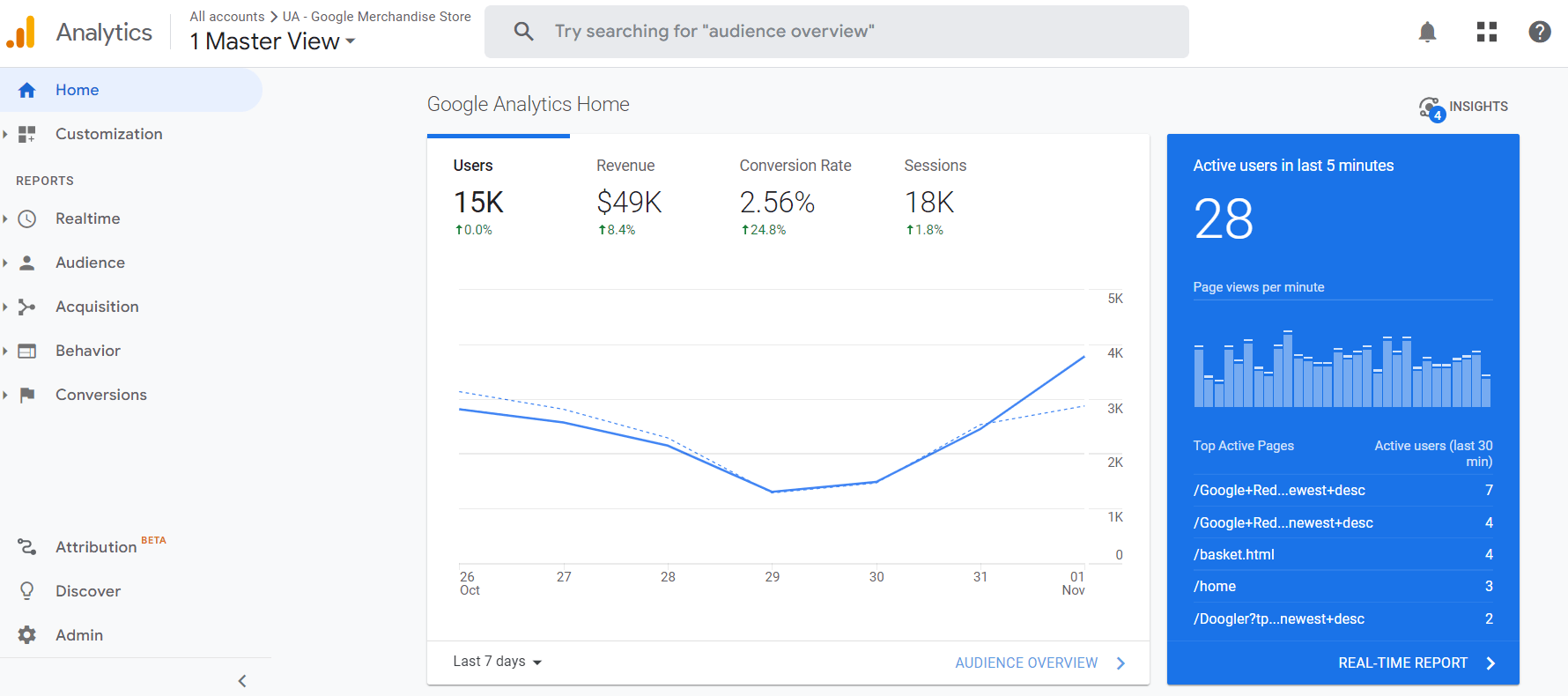
Google Analytics, another Google product, is one of several PPC monitoring tools that lets you track visitors to your site and the success of your Google Ad campaigns. Its clean and straightforward structure allows you to easily see and sort the acquisition data for each campaign, including clicks, cost, sessions, cost-per-click (CPC), and more.
5. SpyFu
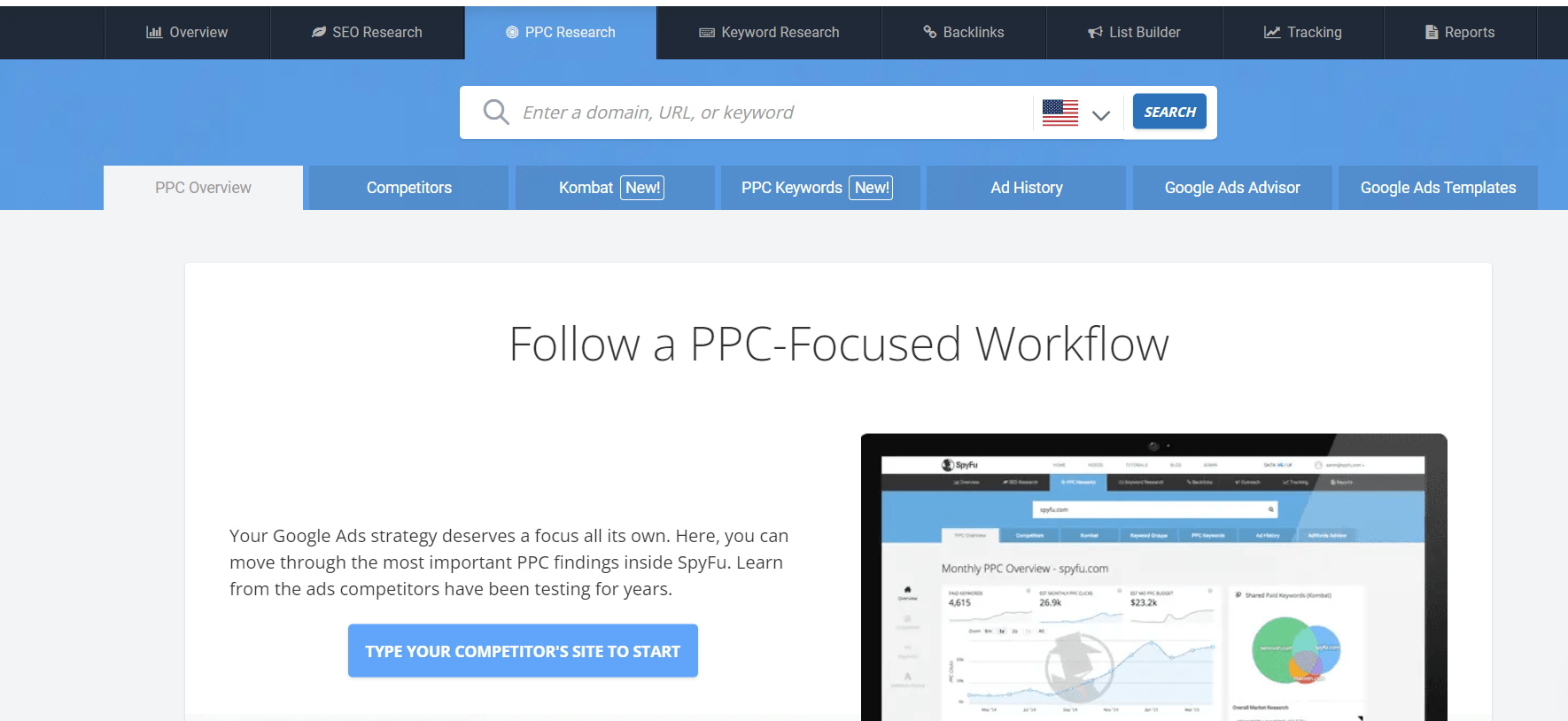
In addition to the standard pay-per-click capabilities, such as keyword suggestions, this PPC research tool provides access to various innovative marketing strategies. SpyFu is a great tool if you want to sneakily keep tabs on the competition and utilize that information to your advantage.
Earn more leads with PPC testing
Looking for guidance on how to test and optimize your PPC ads to win more leads and generate more revenue? Subscribe to our newsletter to get insights and the latest trend updates so that you can get more out of your PPC and digital marketing initiatives. We’ve earned the confidence of over 200,000 marketers — give us a try, too.
-
 Sina is a marketing expert who specializes in SEO, AI, and digital marketing content. With over five years of experience, she’s written hundreds of pieces, spanning a variety of topics and industry niches. She loves combining her strong eye for detail and passion for storytelling in her work. You’ll find her fruit picking or horse riding at the local farm when she’s not writing.
Sina is a marketing expert who specializes in SEO, AI, and digital marketing content. With over five years of experience, she’s written hundreds of pieces, spanning a variety of topics and industry niches. She loves combining her strong eye for detail and passion for storytelling in her work. You’ll find her fruit picking or horse riding at the local farm when she’s not writing. -

WebFX is a full-service marketing agency with 1,100+ client reviews and a 4.9-star rating on Clutch! Find out how our expert team and revenue-accelerating tech can drive results for you! Learn more
Cost Per Click (CPC) Calculator
Do you advertise on platforms that charge per click? Use our calculator and figure out exactly how many clicks will fit within your budget.
Calculate Your CPC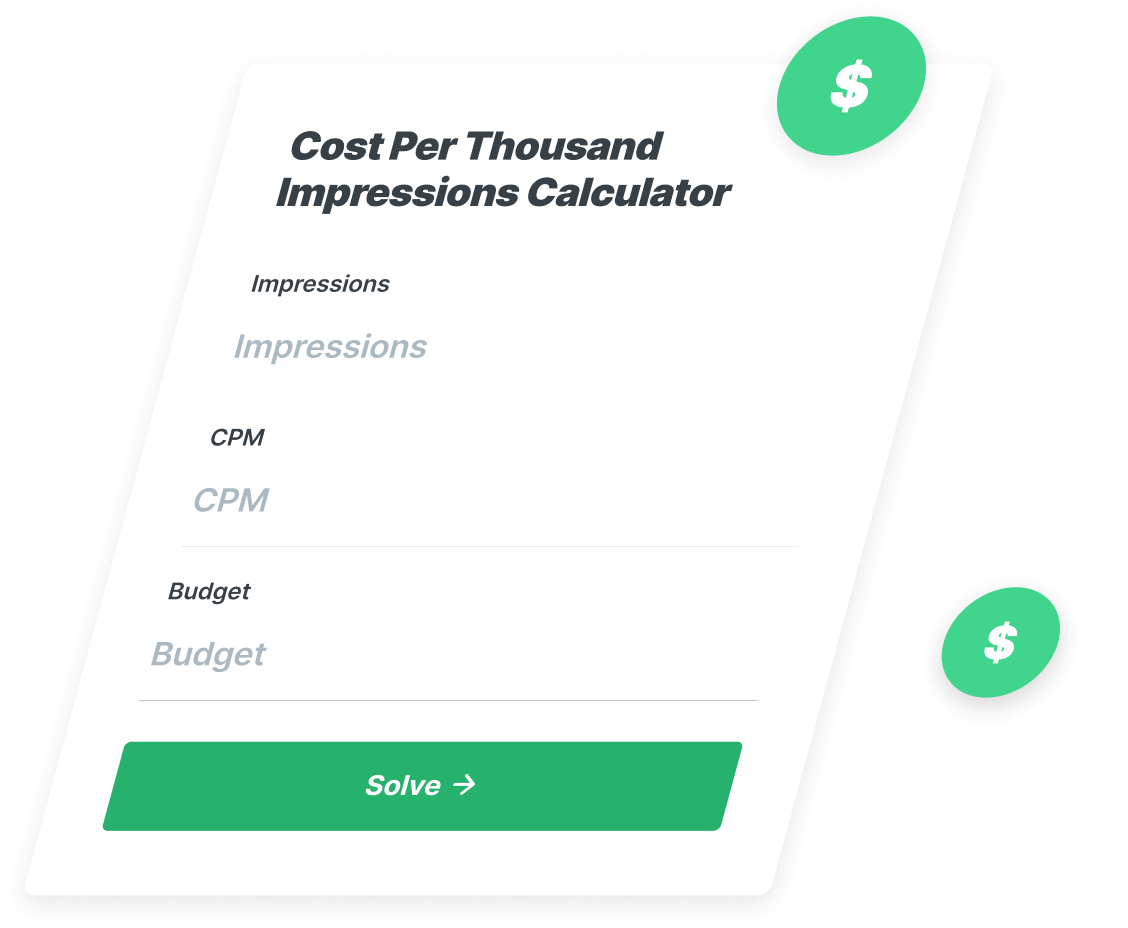
Table of Contents
- What is PPC testing?
- Why is A/B testing for PPC important?
- 3 PPC testing methods
- 1. Before/after tests
- 2. Drafts and experiments
- 3. Scheduled A/B tests
- 3 PPC ad tests to get you started on optimizing your ads for greater conversions
- 1. Testing ad copy
- 2. Testing landing pages
- 3. Testing extensions
- PPC testing best practices
- Emotional appeal
- Prices
- Promotions
- Abbreviated and actual numerical values
- CTAs
- 5 best PPC testing tools to track your progress
- 1. SEMrush
- 2. Google Ads
- 3. Optimizely
- 4. Google Analytics
- 5. SpyFu
- Earn more leads with PPC testing
Unlock the Potential of PPC for Your Business
See how WebFX helped another company increase quote requests from paid search.
See How We Did It
Proven Marketing Strategies
Cost Per Click (CPC) Calculator
Do you advertise on platforms that charge per click? Use our calculator and figure out exactly how many clicks will fit within your budget.
Calculate Your CPC
What to read next






